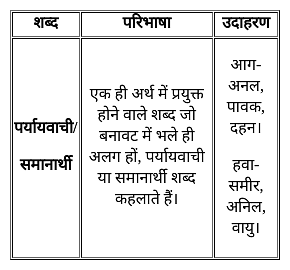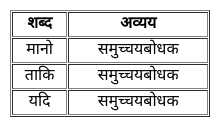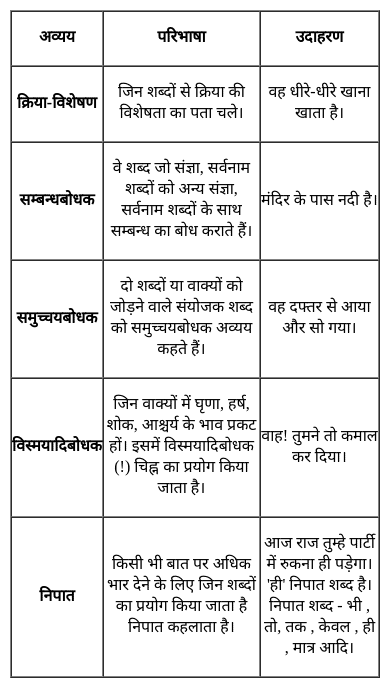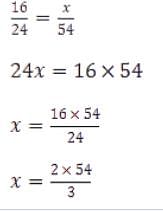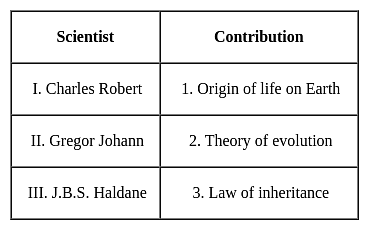HTET PRT Mock Test - 1 - HTET MCQ
30 Questions MCQ Test - HTET PRT Mock Test - 1
Teddy was told by his class teacher that schools are like a social agent and hence, an important part of the society. The class teacher referred to schools as a social agent because
| 1 Crore+ students have signed up on EduRev. Have you? Download the App |
You are a Geography teacher and you use a number of different teaching styles to teach your students. You can be called to be adopting
The guardians demanded the school authority to take steps to improve the unsocial behavior of their children. As a teacher of the school, how do you think the socialisation of a child can be measured?
You have been regularly noticing in the classroom that there exists an individual difference among your students. Being a teacher, what should be your role in meeting the individual differences?
"A young child responds to a new situation on the basis of the response made by him/ her in a similar situation as in the past". This is related to:
Which of the following is the primary agent of anticipatory socialization?
Which of the following student reveals the "Logical Mathematical" intelligence, as proposed by Gardner?
Direction: In the following question, a sentence has been given in Active/Passive Voice. Out of the four alternative suggested, select the one which best expresses the same sentence in Passive/Active Voice.
My father has promised me a bicycle.
The first, second and fourth terms of a proportion are 16, 24 and 54 respectively. Then the third term is:
Which answer figure will complete the pattern in the following question figure?
In a triangle, if three altitudes are equal, then the triangle is


